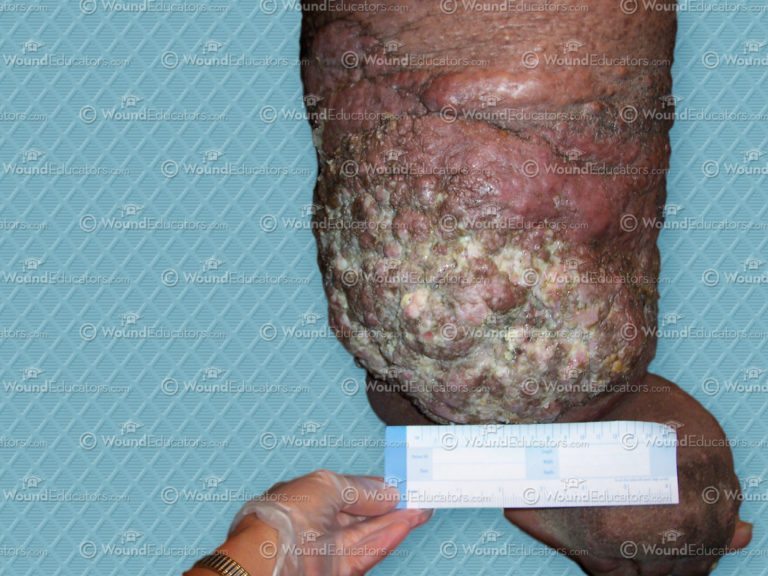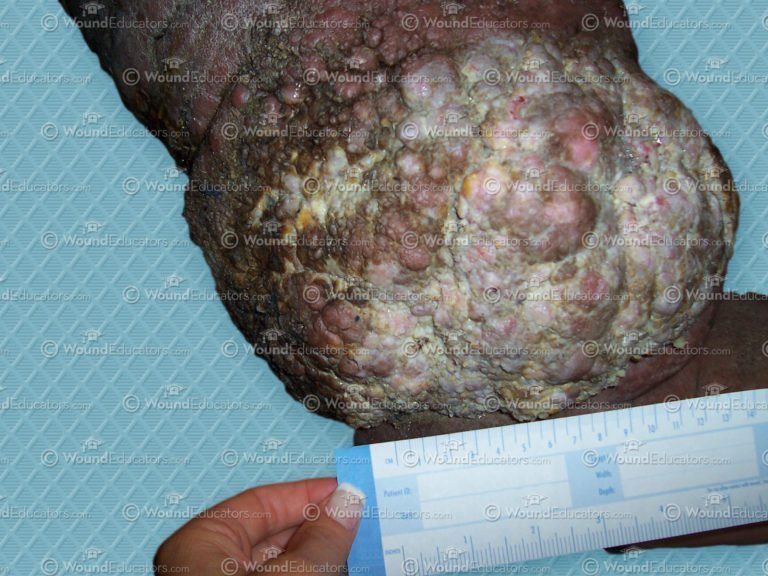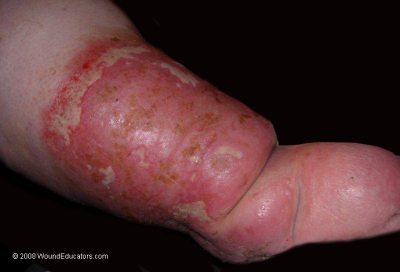Looking Inside a Biofilm
Biofilms are communities of microorganisms that attach to the wound surface encasing themselves in an extracellular polysaccharide matrix.1 Because multiple types of organism can exist synergistically within a biofilm, often displaying remarkable antibacterial resistance, biofilms can present a real barrier to wound healing.2 Biofilm Formation The complex molecular nature of a biofilm is not yet…



